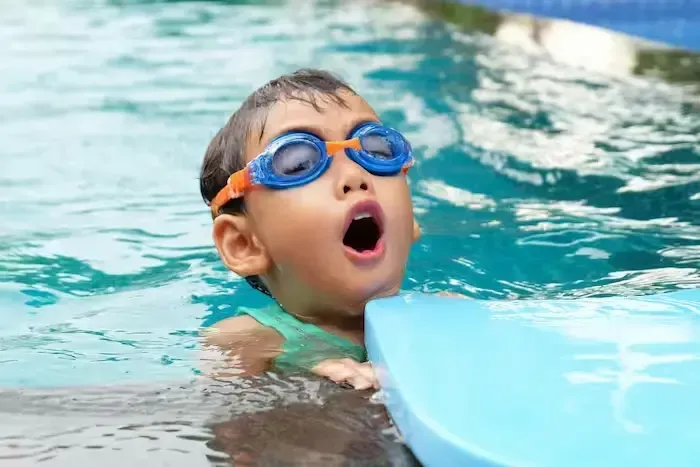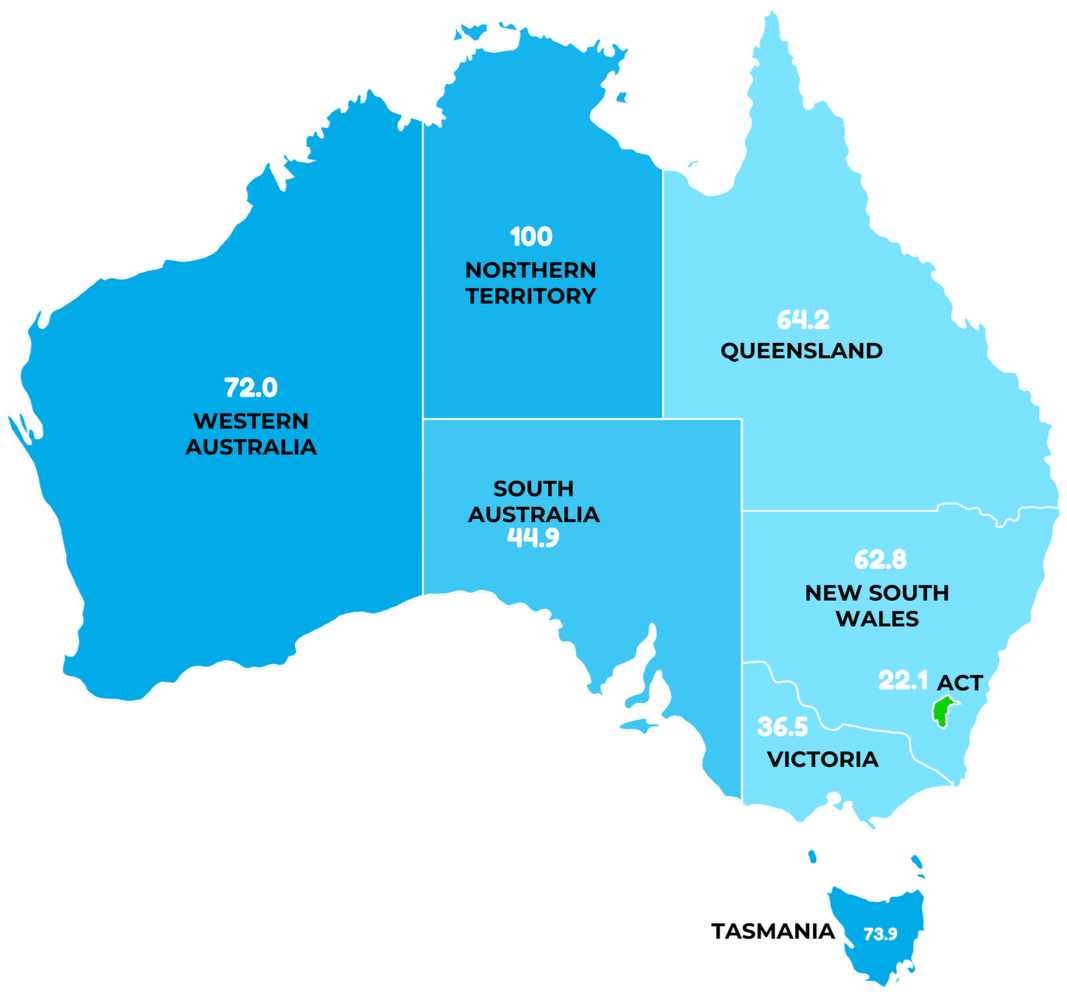5 ways swimming benefits ALL athletes
Not only is swimming a lifesaving skill, but it is also a sport that helps improve the skills and abilities of every athlete who plays in any other sport. There is no other sport that works the whole body like swimming does and here's how:
Strengthens lung capacity
One of the biggest things athletes learn from swimming more than nearly any other sport is breath control. Little by little, swimmers progress and increase their lung capacity which in turn means your young athlete will be able to play longer before running out of breath. Lung capacity benefits athletes because the more exercise you do, the more oxygen your body needs and the increased lung capacity achieved from swimming allows oxygen to pump through the body and provide energy more efficiently.
Increases cardio stamina
The oxygen carried throughout the body gets there by way of the heart pumping it everywhere, so increased cardiovascular stamina remains vital to any athlete. The more efficiently blood can be pumped through your body, the more readily your body can accept it and respond without being pushed over the limit. Sports where players are moving for lengthy periods of time require intense cardiovascular stamina which swimming helps to build up.Â
Builds core stability
Swimming takes into account building every muscle group and, most importantly, building an athlete's core stability. Particularly in sports where posture and balance are an integral part of performance, core stability provides an increased opportunity to perform optimally while also preventing injuries.
Build muscle strength
Although swimming is a low-impact exercise, it steadily makes muscles throughout your entire body stronger. All those strides back and forth to the other side of the pool make a growing child's arms stronger. The leg kicks mean more muscular legs, too. All this leads to extraordinary results in and out of the pool!
Increases total body endurance
Since swimming involves all muscle groups, increases breath control and improves cardiovascular stamina, it brings along total body endurance. As every athlete knows, the more all-around in-shape your body is, the better it can perform and swimming allows athletes to coordinate the entire body.




